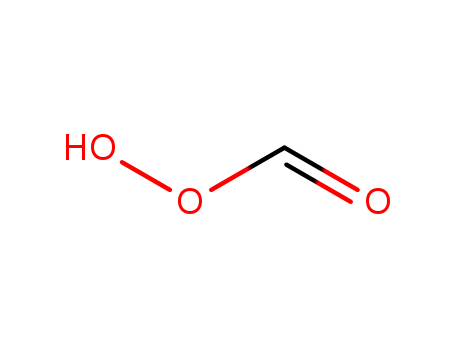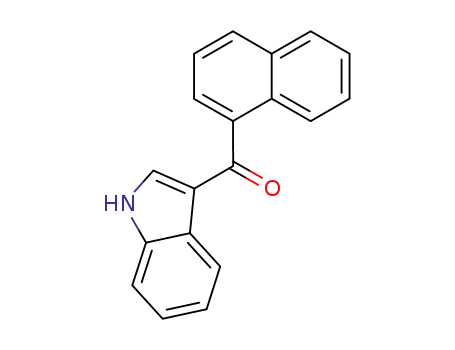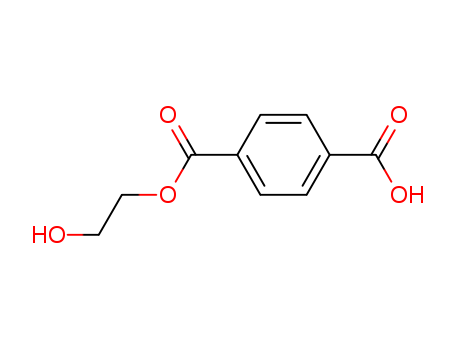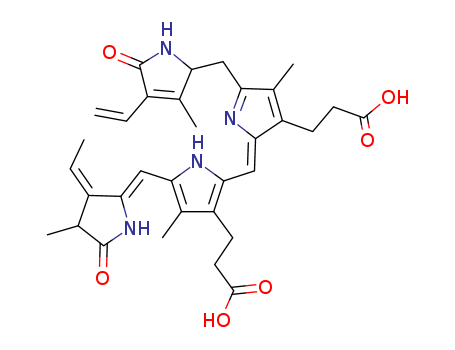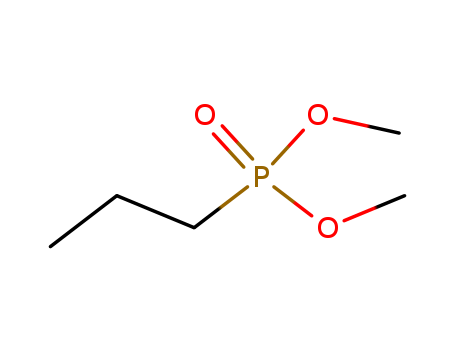- Product Details
Keywords
- Calcium cyanamide
- 156-62-7
- CCaN2
Quick Details
- ProName: CCaN2 Calcium cyanamide 156-62-7
- CasNo: 156-62-7
- Molecular Formula: CCaN2
- Appearance: Powder
- Application: 156-62-7 ...
- DeliveryTime: by air
- PackAge: Aluminium Foil Bag and Paper Drum
- Port: Any port of China
- ProductionCapacity: 100 Metric Ton/Day
- Purity: 99.5%
- Storage: 1MT
- Transportation: By Sea/Air/DHL
- LimitNum: 1 Metric Ton
- Grade: Industrial Grade,Food Grade,Pharma Gra...
Superiority
Our company was built in 2009 with an ISO certificate.In the past 5 years, we have grown up as a famous fine chemicals supplier in China and we had established stable business relationships with Samsung,LG,Merck,Thermo Fisher Scientific and so on.Our main business covers the fields below:
1.Noble Metal Catalysts (Pt.Pd...)
2.Organic Phosphine Ligands (Tert-butyl-phosphine.Cyclohexyl-phosphine...)
3.OLED intermediates (Fluorene,Carbazole,Boric acid...)
4.Customs Synthesis
Our advantage:
1. Higest quality and good package
2.Fast delivery
3.Better payment term
4.Fast response to customer within 6 hours
5.Good business credit in Europe ,US ,Japan ,Korea
Anyway ,if you need any chemicals from China ,Henan Tianfu can help you
Details
| Calcium cyanamide Basic information |
| Product Name: | Calcium cyanamide |
| Synonyms: | CYANAMIDE, CALCIUM DERIVATIVE;CYANAMIDE CALCIUM SALT;Calcium carbimide;CALCIUM CYANAMIDE;aero-cyanamid[qr];aerocyanamidgranular[qr];aerocyanamidspecialgrade[qr];alzodef |
| CAS: | 156-62-7 |
| MF: | CCaN2 |
| MW: | 80.1 |
| EINECS: | 205-861-8 |
| Product Categories: | Pharmaceutical Intermediates;Inorganics |
| Mol File: | 156-62-7.mol |
|
|
|
| Calcium cyanamide Chemical Properties |
| Melting point | >300 °C(lit.) |
| density | 2.29 |
| form | Powder |
| color | Gray to dark gray |
| Sensitive | Moisture Sensitive |
| Merck | 14,1662 |
| CAS DataBase Reference | 156-62-7(CAS DataBase Reference) |
| EPA Substance Registry System | Cyanamide, calcium salt (1:1)(156-62-7) |
| Safety Information |
| Hazard Codes | Xn,F |
| Risk Statements | 22-37-41-15-43-37/38 |
| Safety Statements | 26-39-43-36/37/39-22-45-28 |
| RIDADR | UN 1403 4.3/PG 3 |
| WGK Germany | 2 |
| RTECS | GS6000000 |
| F | 9-21 |
| TSCA | Yes |
| HazardClass | 4.3 |
| PackingGroup | III |
| Hazardous Substances Data | 156-62-7(Hazardous Substances Data) |
| MSDS Information |
| Provider | Language |
|---|---|
| SigmaAldrich | English |
| ALFA | English |
| Calcium cyanamide Usage And Synthesis |
| Definition | ChEBI: The calcium salt of cyanamide, formed when calcium carbide reacts with nitrogen |
| Uses | As fertilizer, defoliant, herbicide, pesticide; manufacture of and refining of iron; manufacture of calcium cyanide, melamine, dicyandiamide. |
| General Description | A colorless to gray, odorless solid. May cause illness from ingestion. May irritate the skin. If exposed to water or high temperatures, calcium cyanamide may generate toxic and flammable fumes. Used to make pesticides and in fertilizers. |
| Air & Water Reactions | Depending on the calcium carbide content, the cyanamide reacts with water (moisture from air or soil) to produce acetylene and hydrated calcium oxide or calcium hydroxide. Absorption of water during handling or storage of technical calcium cyanamide may cause explosion [Pieri, M. Chem. Abs. 46, 8335 1952]. |
| Reactivity Profile | When hydrated CALCIUM CARBIDE generates salts of calcium that are basic and are generally soluble in water. The resulting solutions contain moderate concentrations of hydroxide ions and have pH's greater than 7.0. They react as bases to neutralize acids. These neutralizations generate heat, but less or far less than is generated by neutralization of the bases in reactivity group 10 (Bases) and the neutralization of amines. They usually do not react as either oxidizing agents or reducing agents but such behavior is not impossible. |
| Health Hazard | Inhalation or contact with vapors, substance or decomposition products may cause severe injury or death. May produce corrosive solutions on contact with water. Fire will produce irritating, corrosive and/or toxic gases. Runoff from fire control may cause pollution. |
| Fire Hazard | Produce flammable gases on contact with water. May ignite on contact with water or moist air. Some react vigorously or explosively on contact with water. May be ignited by heat, sparks or flames. May re-ignite after fire is extinguished. Some are transported in highly flammable liquids. Runoff may create fire or explosion hazard. |
| Calcium cyanamide Preparation Products And Raw materials |





 Assessedsupplier
Assessedsupplier



